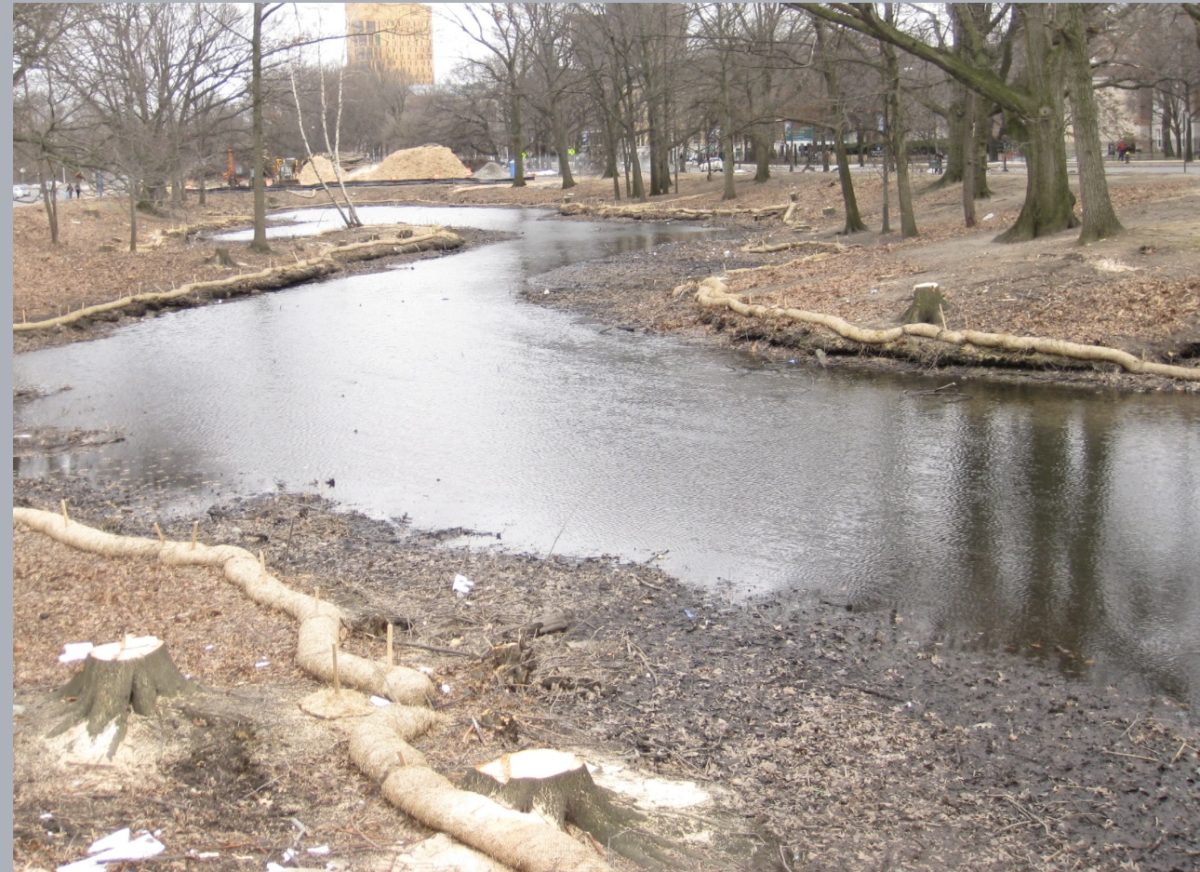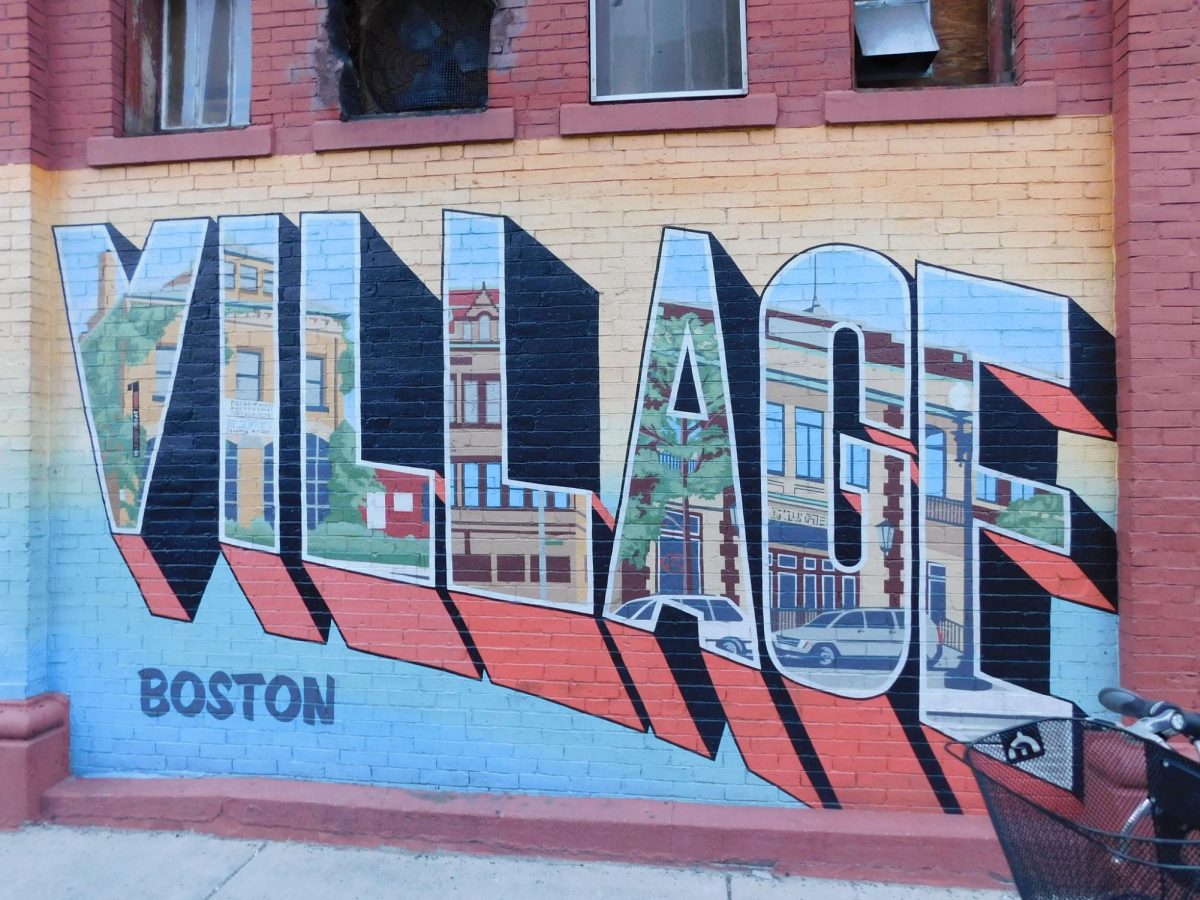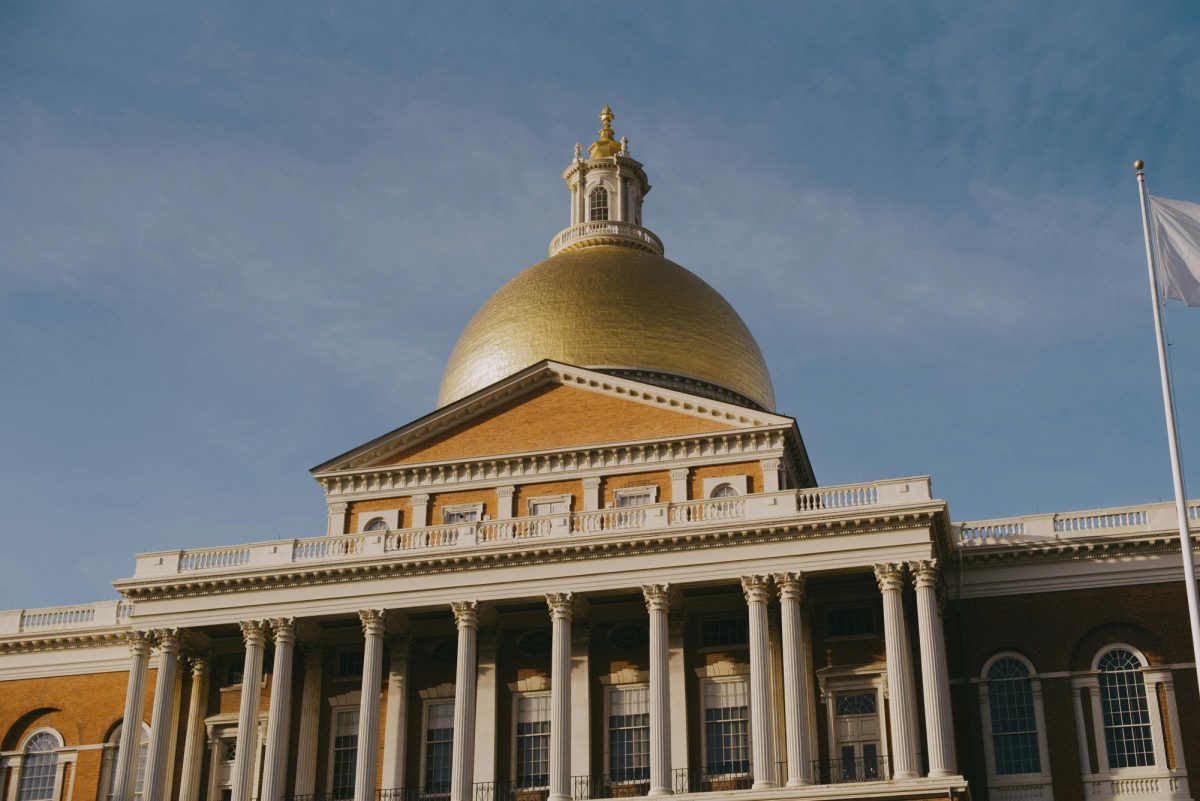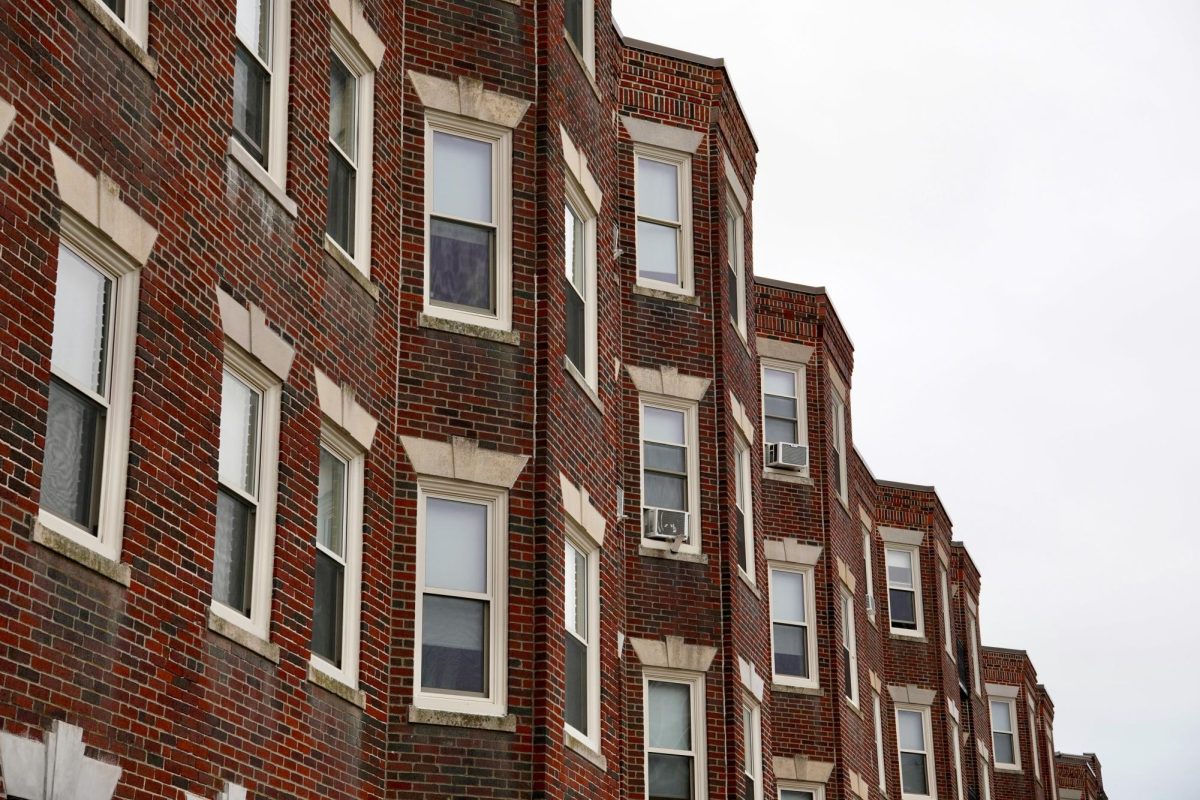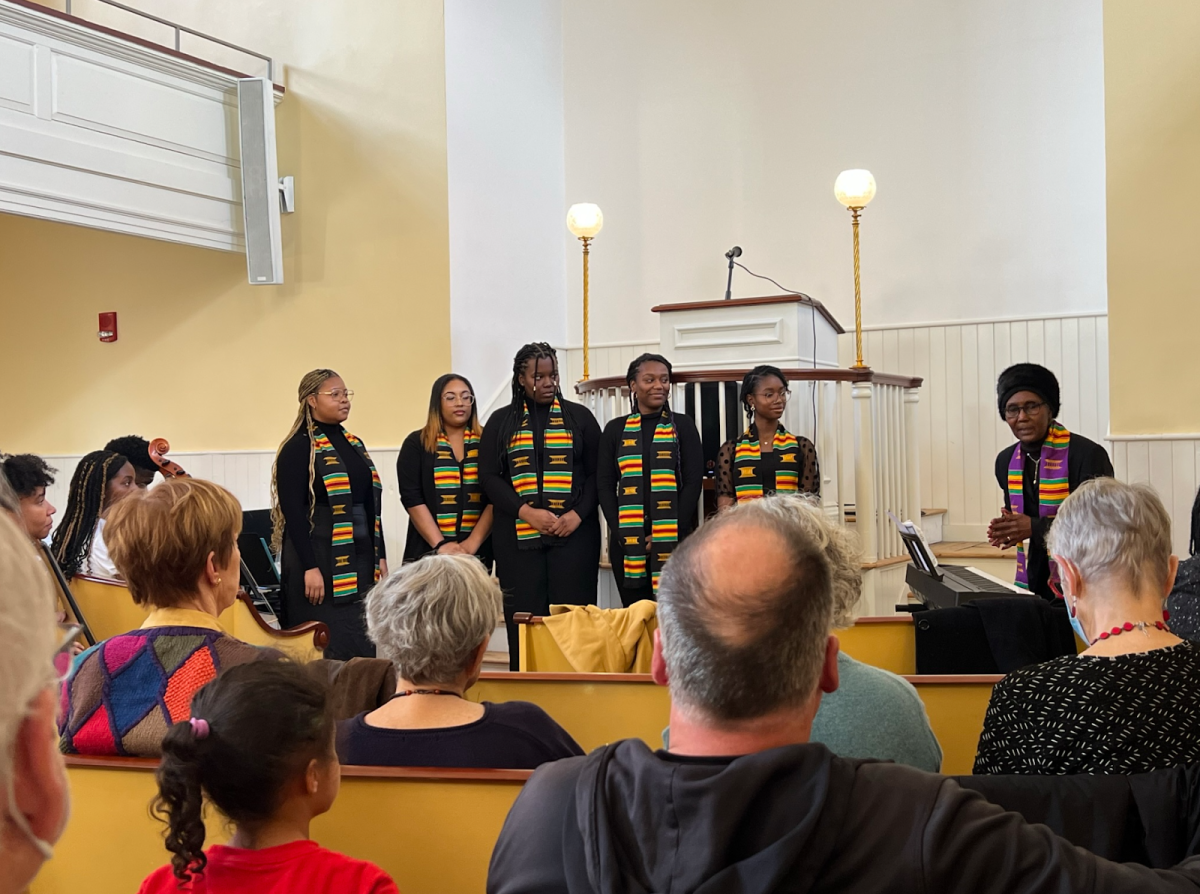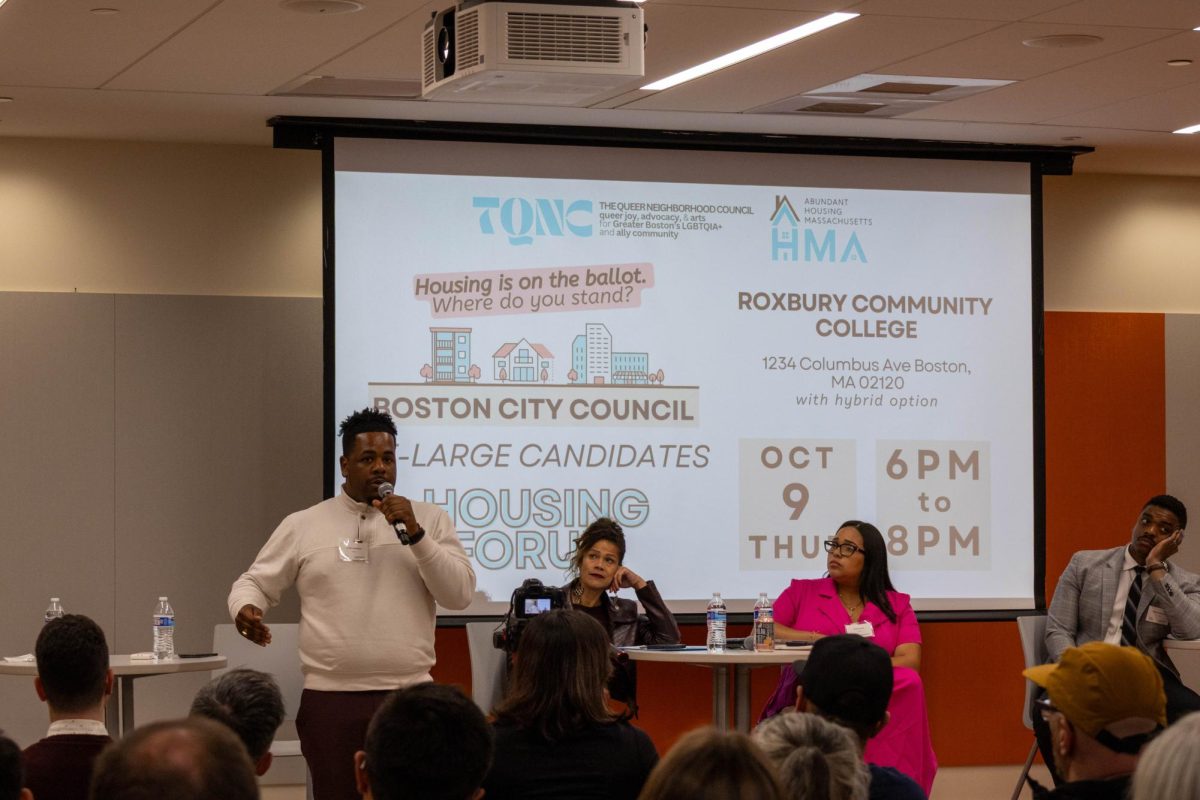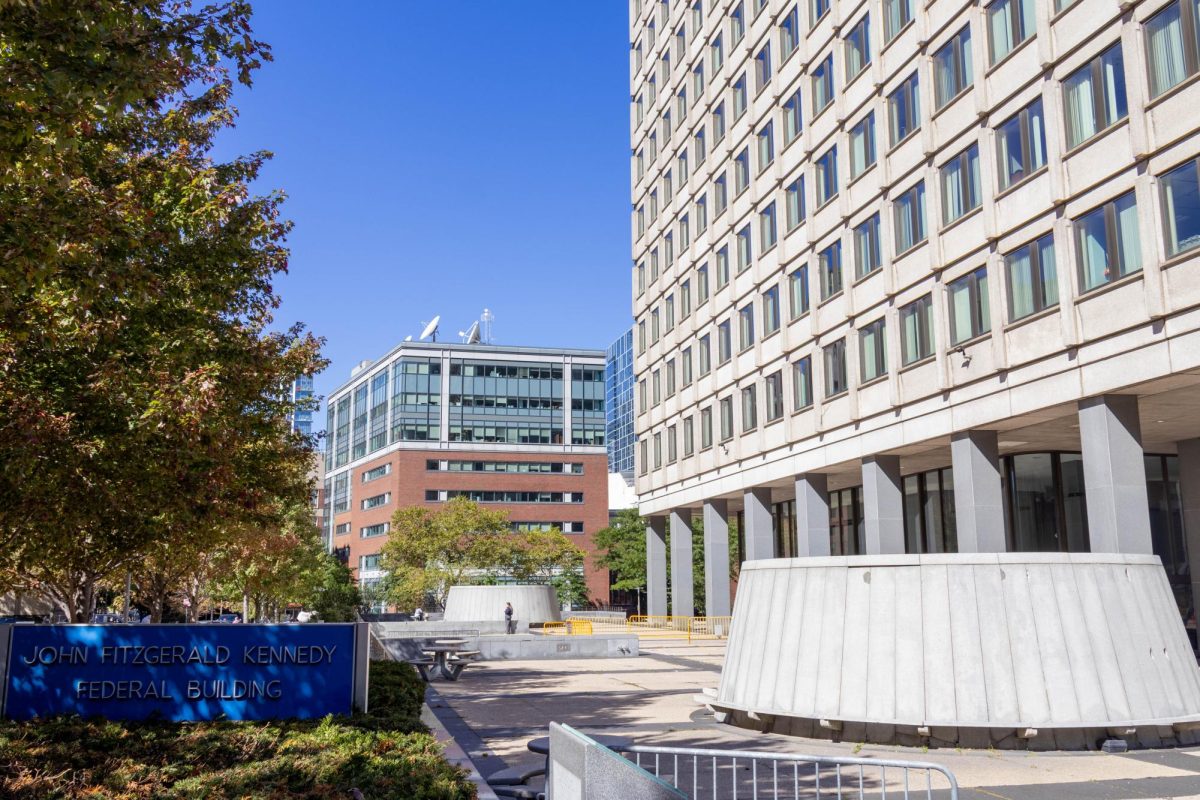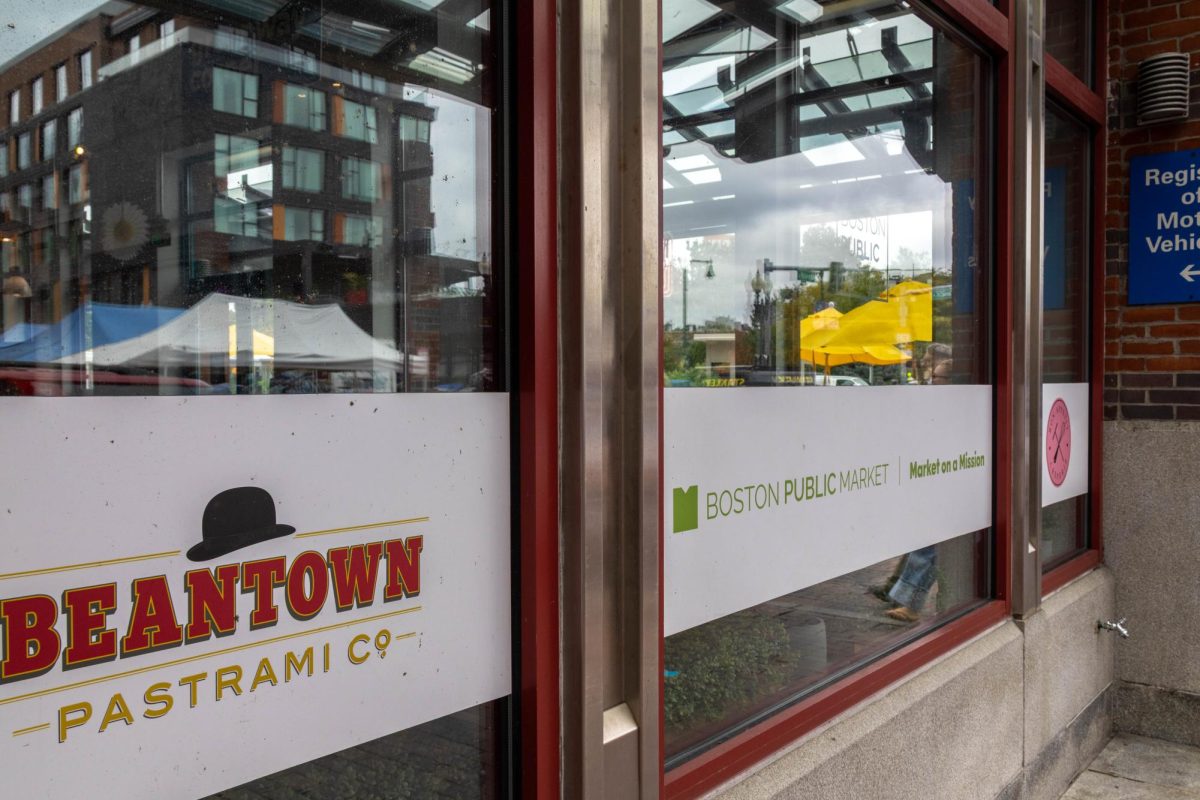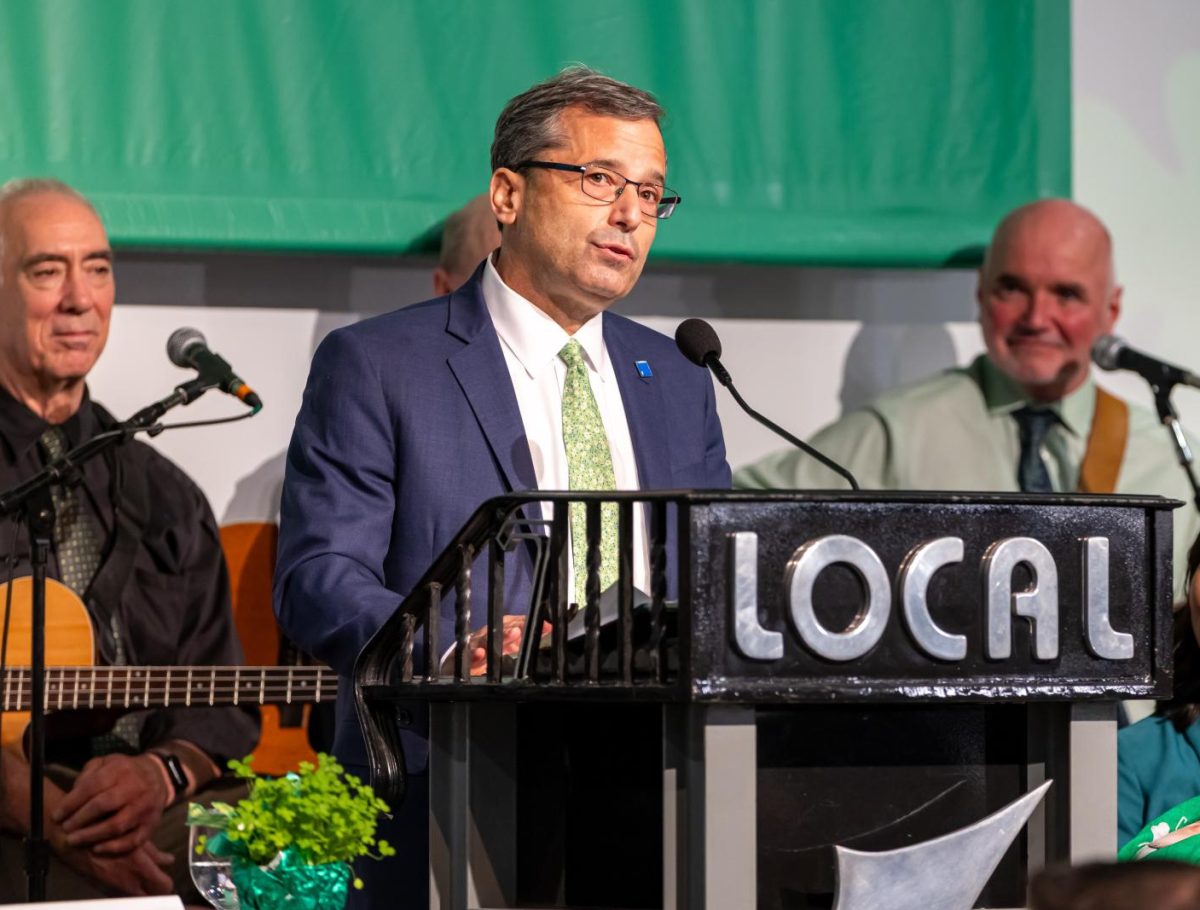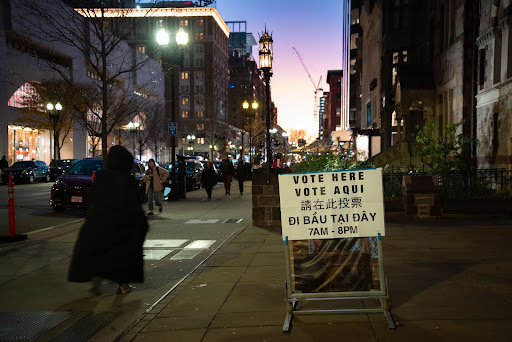After a decades-long effort, phase two of the Muddy River restoration, which began in 2020, is complete. As the focus shifts to long-term maintenance and preservation, new challenges have emerged, and residents in the Fenway neighborhood are left wondering what’s next for Frederick Law Olmstead’s vision.
The Muddy River is part of brooks and ponds running through the Emerald Necklace, which was designed by Olmstead in the 1880s to bring nature into the heart of Boston. For decades, urban development on the banks of the Muddy River compromised Olmstead’s vision for the space and polluted the waterway. After a severe flood in 1996 caused $70 million in damages, community members began to demand changes to the river’s cleanliness and health for the benefit of their neighborhood, and so the Muddy River Restoration Project was born.
“The whole thing really served to shine the spotlight on how bad things had become and how there was an urgent need to sort of start taking care of the parks and the river again. And that’s why, in 1997, the Emerald Necklace Conservancy was founded,” said Declan Battles, the conservancy’s marketing and communications manager.
The park aims to maintain, protect and restore Olmstead’s design. Experts say knowing its history provides an important perspective to understanding the need for preservation.
“The Emerald Necklace is sort of America’s first example of green infrastructure, which was not a term when that happened in the 19th century,” said Battles.
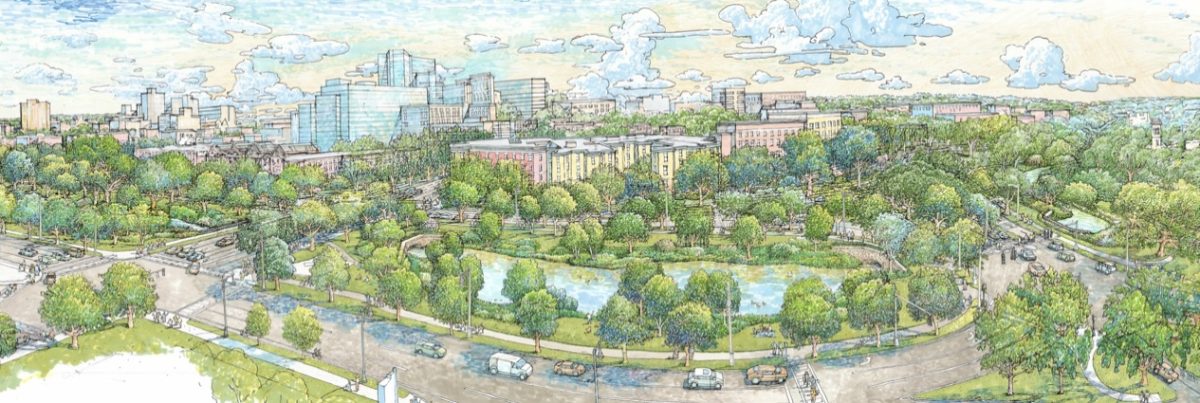
Phase one of the project, devoted to replacing undersized culverts and restoring covered sections, was completed in 2017. Phase two, which began in 2020, included dredging by the Army Corps of Engineers, planting trees and plants and constructing a flood protection wall.
A ribbon-cutting ceremony was held on Nov. 29, 2023, marking the completion of phase two. Now that the initial challenges are over, advocates say the next step is to preserve green infrastructure and ensure flood protection.
“The main takeaway of the project now that it’s been completed is making sure that the surrounding neighborhoods don’t experience any severe floods,” Battles said, “especially in this day and age.”
But as of now, the protections in place are operating efficiently, added Battles, who has seen them in action over the last couple of years when witnessing heavy flooding in the parks.
“30 minutes [after the flooding,] they’re right back down to the level they’re normally at because it was all successfully captured and absorbed by the green space,” he said. “So it does a lot of unsung work, I think, in that respect.”
According to the Muddy River Maintenance and Management Oversight Committee (MMOC), the project’s five goals are: flood damage reduction, water quality improvement, aquatic and riparian habitat enhancement, historic landscape rehabilitation and implementation of best management practices.
Matty Eddy, an administrator of the MMOC, said the restoration came about because of a desire to revitalize Olmstead’s vision and mitigate against future flooding exacerbated by climate change. While urban development is often to blame for these changes to the water system, those working to restore the Muddy River say there’s something else at play, too: phragmites.
Tall and green with puffy tops, phragmites are an invasive species of large reed grasses, and have been a significant driver of flooding along the river. Eddy says these have become a cause for concern, especially in the Fenway area.
“They would grow very high in these parts of the Fens, and people would make tunnels through them,” said Eddy. “The Fens area also was the area where the greatest amount of material was removed from the river more than any other spot, probably half the dredging material came specifically from the Fens. I think the goal of that area is to be able to absorb and retain stormwater during a flood.”

Stan Everett, a longtime resident of the Fenway who has watched the project throughout the decades, spoke about issues the phragmites caused.
“We had a lot of phragmites, and in years past we used to have some wildfires,” said Everett. “I can remember looking out my living room window and seeing the sheet of flames over in the park.”
He said the river has doubled in size since removing the phragmites, highlighting their unbalanced growth into the river.
“It’s a wonderful impact because it opened up the river to be visible,” said Everett. “And it’s really very interesting just how expansive the river actually is from one bank to the other.”
But Everett still worries about the state of the waterway for future generations.“My distress is that I am very concerned about how the park will be maintained in the future.”
Some areas of the project remain under the supervision of the Army Corps of Engineers for two years before being handed over to the non-federal sponsors.
“I’m glad it was done. It needed to be done,” said Everett. “I’m hoping that after this two-year period is up, that the park will be maintained.


